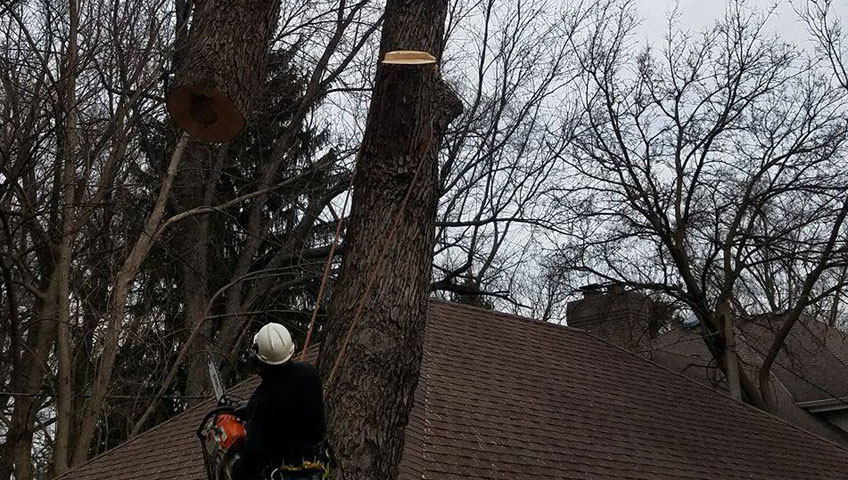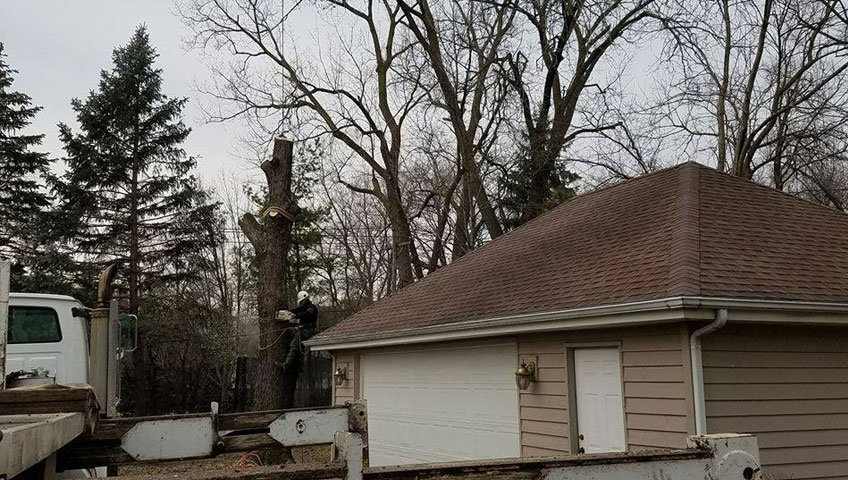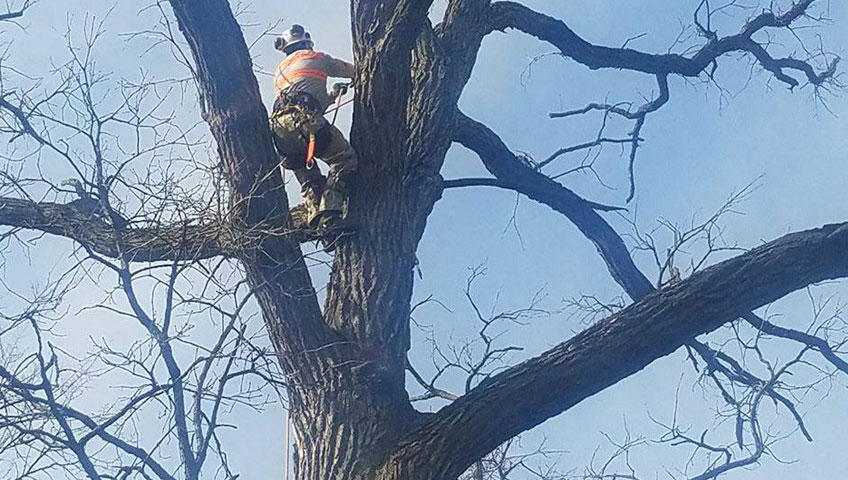
How Tree Trimming Adds Value to Your Landscape
For many different reasons and in every season, homeowners and businesses spend significant amounts of money on landscaping. And while the initial design and planting stages represent a large part of the project, maintenance tasks like tree trimming add more value over time by protecting your investment. Find out how tree trimming keeps your landscape healthy and beautiful for years to come.
Health and Wellness
Trees play a major role in landscaping projects of every size, adding shape, shade and a variety of other elements. Trees also face many challenges, such as climate, pollution, pests and disease. A healthy tree can fight against these issues and anchor the landscape. Tree trimming is one of the easiest ways to maintain tree health, creating true beauty in your landscape.
A professional arborist knows that tree care tasks like trimming or pruning removes diseased portions of the tree to stop spread. A healthy tree is the best defense against pests, and even the most stubborn pests can be managed well with the help of a tree care professional.
Safety and Security
Storm damage, age and environmental conditions often result in dead branches and other potentially dangerous landscape issues. Avoid risk by hiring a Chicago IL tree service professional for tree trimming to eliminate these dangers. This preventative measure protects nearby property from damage, providing a valued, safe and secure outdoor area.
Completing the Vision
Landscaping is full of live elements that grow into their full potential over the years, including plants, turf and trees. Tree trimming not only helps your young trees grow more lush and strong, it also brings the original landscape design to fruition with hardy trees grown as part of an overall vision. Keep that cultivated look and your landscape investment will continue to pay out.
Tree trimming and maintenance tasks are a small price to pay to add overall value to your landscaping. Hiring a professional tree service company to tackle this job makes financial sense.



